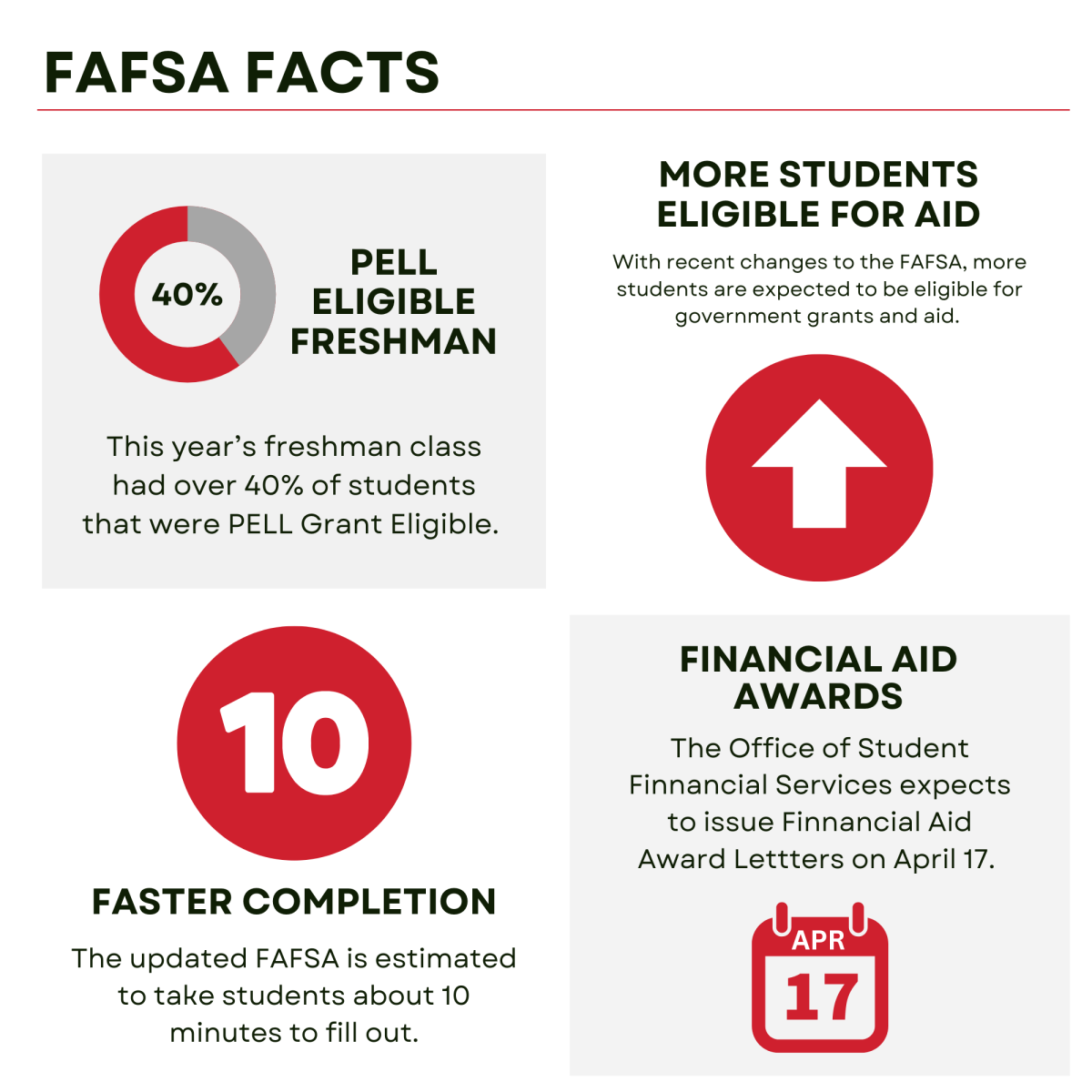By DAVID N. GOODMAN
(DETROIT, AP) — The federal government said Wednesday that it is listing the northern long-eared bat as threatened, giving new protections to a species that has been nearly wiped out in some areas by the spread of a fungal disease.
White-nose syndrome first was first discovered among bats in a cave near Albany, New York, in 2006 and since has killed millions of the flying mammals in the Northeast, South and Midwest. It spreads while they congregate on the wet walls of caves or abandoned mines, interrupting their hibernation and causing them to starve or dehydrate.
“Bats are a critical component of our nation’s ecology and economy,” U.S. Fish and Wildlife Service director Dan Ashe said in a statement. He said they play a key role in insect control and “we lose them at our peril.”
The service concluded that the northern long-eared bat meets the criteria for a threatened species under the Endangered Species Act. It stopped short of declaring it endangered, which would mean that it is currently in danger of extinction.
While the threat to the northern long-eared bats and its cousins is dire, the tools to protect them are limited, Sullins said. That’s because the main threat is from a disease, rather than from human-induced changes in the environment. The protective measures improve their breeding opportunities by restricting some logging and tree removal from forest areas where the bats spend the warmer months. They will be in effect in June and July, when newborn bats live in nests before learning to fly, he said.
White-nose syndrome has been confirmed or is suspected among northern long-eared bat populations in 28 of the 37 states where the species lives, said Tony Sullins, Midwestern chief of the endangered species program for the Fish and Wildlife Service. He said the species has been hardest hit in New England.
“We’ve seen losses in the upper 90 percent range, 100 percent in some cases,” Sullins told The Associated Press.
The Fish and Wildlife Service said interim rules take effect May 4 and final rules will be issued by year’s end.
Meanwhile researchers are hard at work trying to find ways of treating and preventing the disease, Sullins said.
Keith Creagh, the director of Michigan’s Department of Natural Resources said the U.S. Fish and Wildlife Service’s decision balances the interests of wildlife protection and the livelihood and convenience of people.
“The decision … represents a biologically sound determination that will address the conservation needs of these bats while providing flexibility for those who live and work within the bats’ range,” Creagh said. “We expect to continue working closely with the service as we focus on finding the right solutions to this conservation challenge.”
___
Online:
Background: http://whitenosesyndrome.org
Bat range map: http://1.usa.gov/1NBc9RR
___
Follow David N. Goodman at http://twitter.com/davidngoodman
White-nose syndrome first was first discovered among bats in a cave near Albany, New York, in 2006 and since has killed millions of the flying mammals in the Northeast, South and Midwest. It spreads while they congregate on the wet walls of caves or abandoned mines, interrupting their hibernation and causing them to starve or dehydrate.
“Bats are a critical component of our nation’s ecology and economy,” U.S. Fish and Wildlife Service director Dan Ashe said in a statement. He said they play a key role in insect control and “we lose them at our peril.”
The service concluded that the northern long-eared bat meets the criteria for a threatened species under the Endangered Species Act. It stopped short of declaring it endangered, which would mean that it is currently in danger of extinction.
While the threat to the northern long-eared bats and its cousins is dire, the tools to protect them are limited, Sullins said. That’s because the main threat is from a disease, rather than from human-induced changes in the environment. The protective measures improve their breeding opportunities by restricting some logging and tree removal from forest areas where the bats spend the warmer months. They will be in effect in June and July, when newborn bats live in nests before learning to fly, he said.
White-nose syndrome has been confirmed or is suspected among northern long-eared bat populations in 28 of the 37 states where the species lives, said Tony Sullins, Midwestern chief of the endangered species program for the Fish and Wildlife Service. He said the species has been hardest hit in New England.
“We’ve seen losses in the upper 90 percent range, 100 percent in some cases,” Sullins told The Associated Press.
The Fish and Wildlife Service said interim rules take effect May 4 and final rules will be issued by year’s end.
Meanwhile researchers are hard at work trying to find ways of treating and preventing the disease, Sullins said.
Keith Creagh, the director of Michigan’s Department of Natural Resources said the U.S. Fish and Wildlife Service’s decision balances the interests of wildlife protection and the livelihood and convenience of people.
“The decision … represents a biologically sound determination that will address the conservation needs of these bats while providing flexibility for those who live and work within the bats’ range,” Creagh said. “We expect to continue working closely with the service as we focus on finding the right solutions to this conservation challenge.”
___
Online:
Background: http://whitenosesyndrome.org
Bat range map: http://1.usa.gov/1NBc9RR
___
Follow David N. Goodman at http://twitter.com/davidngoodman
Story continues below advertisement












































